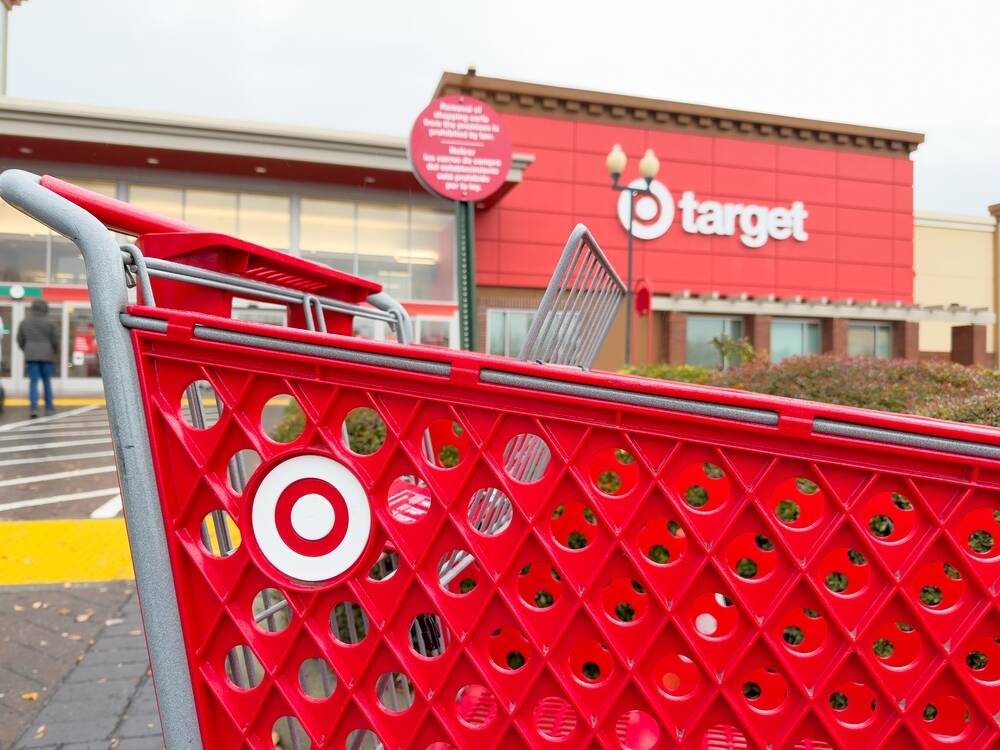From beef to poultry all the way to dried beans and legumes, food prices have increased all around the world, and that’s a certainty. All these costs are slowly outpacing Social Security cost-of-living adjustments (or COLA), which leaves many older adults dealing with the struggle of stocking their fridges every week.
Even if you can’t do too much about food prices, you can always learn how to shop smarter and make your dollars work harder. That’s why we thought it might be an astute thing to have a list with some money-saving tips for grocery shopping you could use on your next trip.

Embrace the art of coupon clipping
The promotional inserts that usually come tucked into the Sunday newspaper can get quite overwhelming. However, instead of simply tossing them, you can mine them for brand-name food coupons you think you might need. You can let those coupons guide your meal planning for the week ahead. Here are a couple of tips that might help:
- some stores could periodically double the value of any coupons you already have. You can keep an eye out for those promotions.
- Resist the temptation to buy any items you wouldn’t normally buy (just like a jumbo pack of sugary cookies) even if you already have a high-value coupon.
- Find out if your favorite grocery store matches with other coupons from its competitors (you can simply stop by the customer service desk and ask away).
- There are plenty of stores that send standalone flyers in your mail that also contain valuable coupon savings. You can easily perform a search for “food coupons” online and see what comes up.
- You can keep your coupons organized in a plain envelope or even an accordion-style organizer. This way, you will be able to rapidly grab the ones you actually need while shopping. You can make the most of your coupons by simply creating an effective system that’s easy and super convenient for you.
Bonus tip: Try to look for hidden coupons like those on the back of your grocery store receipt. There are some products that might have a peel-off coupon stuck to their packaging that you can use right away.
Join store loyalty programs
There are plenty of grocery stores that will offer loyalty or other types of reward programs that won’t cost you anything to join. When you decide to sign up, you might receive generous members-only discounts and electronic coupons.
In some instances, your purchases might earn you additional points that you can later redeem for store credit. This is a viable option if you decide to patronize the same store on a regular basis.
Bonus money-saving tip: we’d advise you to download your store’s mobile app for an easy way to clip e-coupons and track your rewards points.
Give generic brands a chance
As you might have your preferences for some brand-name products, buying store-brand versions (or even “house” versions) might help you save money on groceries. Generic brands are almost every time much cheaper than brand-name items. In many instances, the quality is unmatched.
Bonus tip: Let’s take, for instance, cereal, condiments, cleaning products, snack foods, and staple foods. The store brand that sells these is generally worth taking into account.
You can make a grocery list and try to stick to it
If you are searching for ways to save money on grocery shopping, you can always start with a list. For example, visiting the store without actually making a list will make it more likely for you to buy things you don’t even need, such as unhealthy snacks and desserts.
You can write down all the food items you need for the week, whether on your cell phone or even on a piece of paper. You can bring this list with you when you visit any store, and buy only what’s on it.
Bonus tip: Another helpful advice that will help you spend less at the grocery store is never shop on an empty stomach. Having a snack before you even venture out and trying to stick only with the grocery store aisles might help you avoid impulse buying.
Make fewer shopping trips
The more often you decide to visit the grocery store, the more you will probably end up spending. You can plan for one weekly trip and try to stick to it to make sure you curb the chances of impulse buying.
Pay attention to the price per unit
You can generally find an item’s price per unit by simply looking at the price at the price ticket displayed on the shelf. Tracking this will also help you ensure you are fully getting the most product for your money.

Take advantage of weekly sales and deals
I know it seems quite obvious, but in any busy supermarket, it can be quite easy to overlook in-store promotions. You can check the store’s weekly flyer or even website to see if there are any deals (like a 2-for-1) that might help you save money on the staples you buy most often. Sale items are generally displayed at the end of store aisles and at the entrance.
Bonus tip: The sales cycle for the wide majority of stores repeats every six weeks. You can make a point of tracking the prices of the products you decide to buy on a regular basis. After some time, you might be able to identify rock-bottom sale prices, and that’s mainly the prime time to stock up. The wide majority of grocery stores start running their sales promotions right in the middle of the week.
Grocery shop online
Walmart and other retailers will allow you to shop online for groceries, then pick them up or even have them delivered. Doing your food shopping from the comfort of your own home definitely packs a series of money-saving advantages.
First, it will help cut down on impulse buys by always keeping you away from tempting aisles and displays. On top of that, before you even place a grocery order online, you might want to check to see exactly what items you already have in the fridge. This will automatically stop you from spending money on stuff you don’t even need right now.
Bonus tip: There are plenty of stores that came up with this useful curbside pickup or delivery, in exchange for a fee, so as long as you meet the minimum order value, you might as well try it. Otherwise, you should expect to pay a certain fee. When it comes to saving money on groceries online, you do want to avoid them, because they will eat away from your savings.
Find out if you really qualify for SNAP
If you feel that your budget is really tight and you can’t help but wonder how to save on groceries every month, try contacting the Supplemental Nutrition Assistance Program, also known as SNAP.
They might be able to offer you some relief. SNAP is basically a government program that helps various individuals and families buy the food they need to stay in good health. The average SNAP benefit for a household with only one person is $105 per month, which you can use to buy everything you need.
If you found this article useful, we also recommend checking: Are You a Regular at Walgreens? Here’s how To Save Money Everytime You Shop








